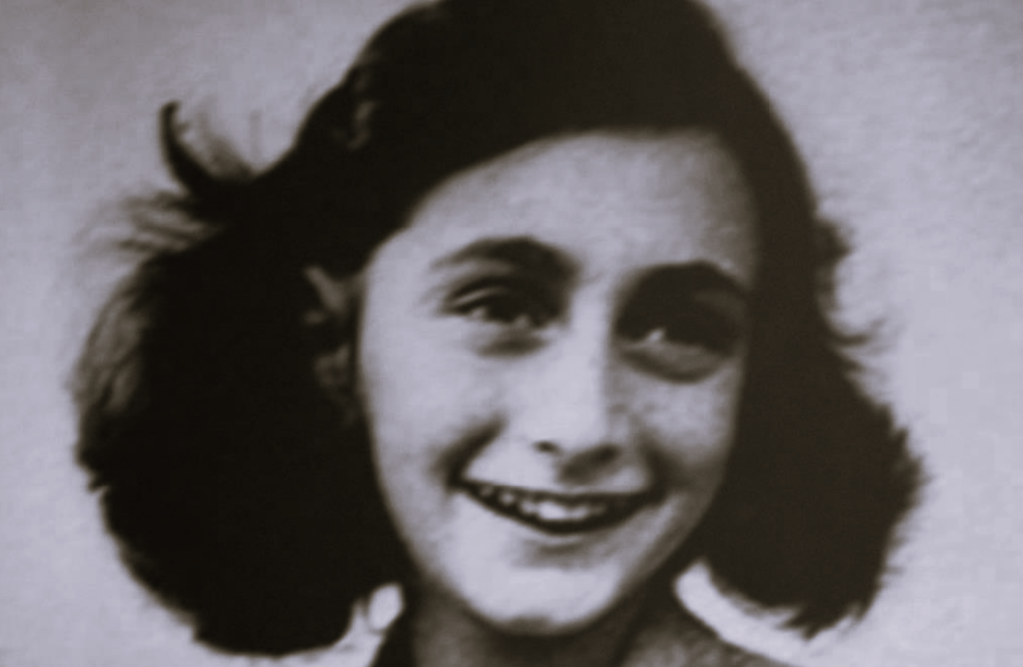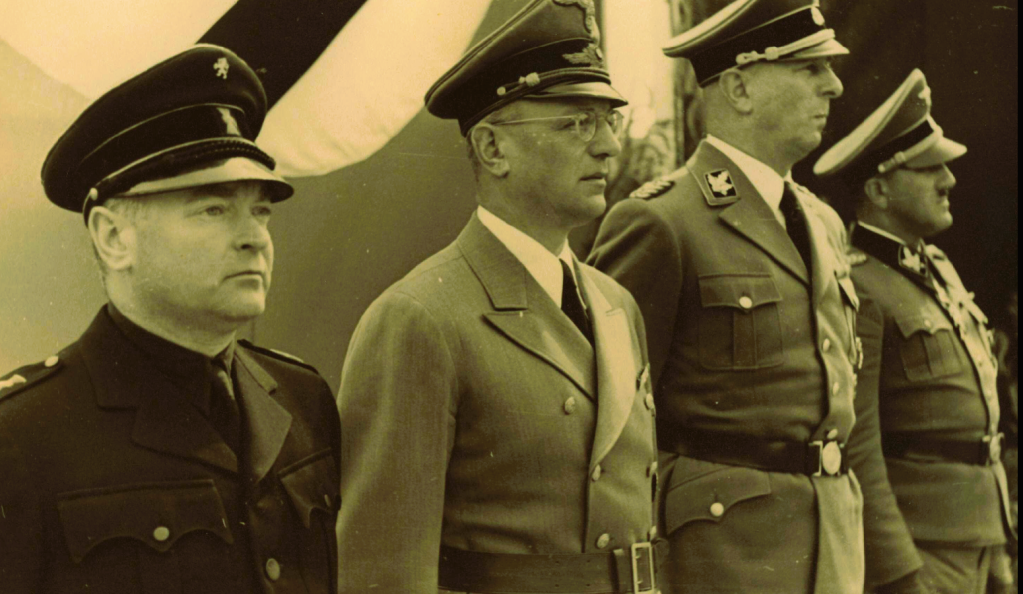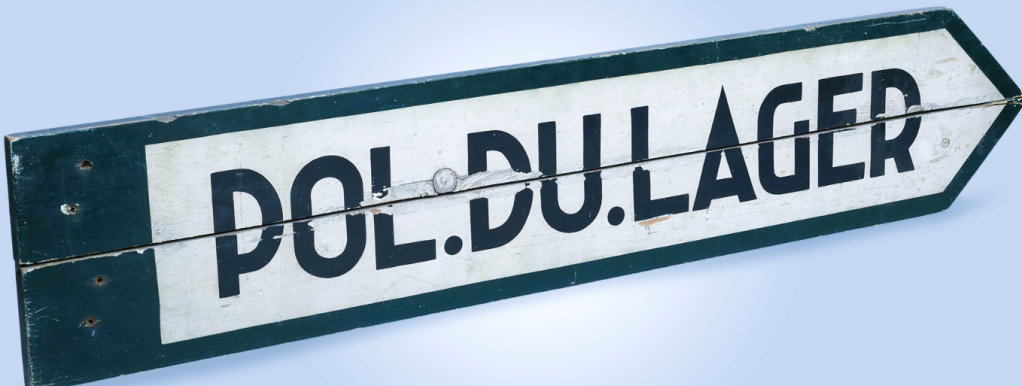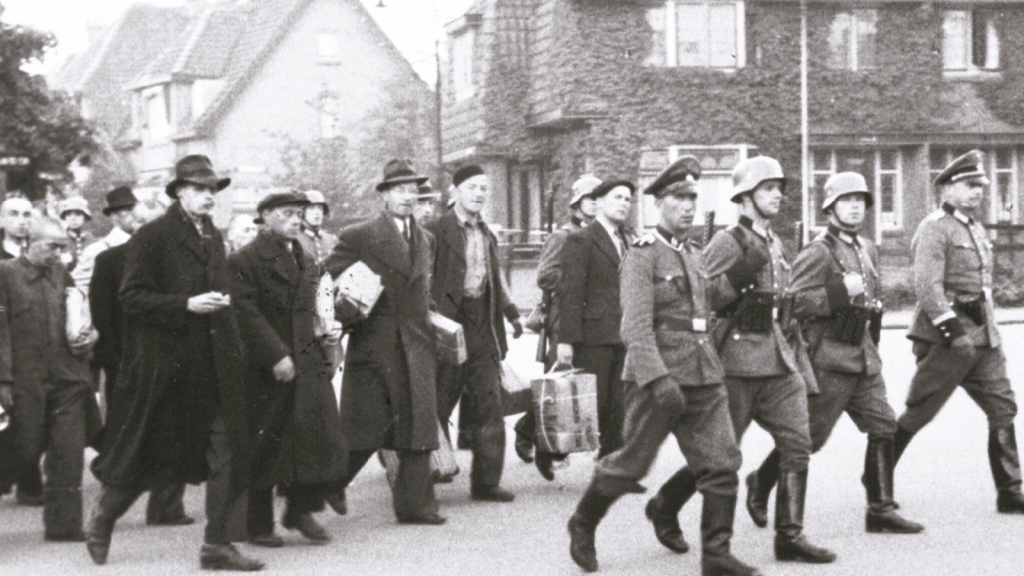
The story of Emanuel Arnold Maurice Speijer reminds me a lot of that of Nikolai Vavilov, a scientist who sacrificed his life to save the seeds in the Leningrad seed bank. Emmanuel Speijer was more fortunate though.
Speijer was an entomologist. Entomology is the study of insects and their relationship to humans, the environment, and other organisms. Entomologists make great contributions to such diverse fields as agriculture, chemistry, biology, human/animal health, molecular science, criminology, and forensics.
For most people, a concentration camp would not be the obvious place to collect insects. However, for the Dutch Jewish scientist Emmanuel Speijer, establishing an entomological collection was a way to survive. While he was a prisoner in De Schaffelaar internment camp, in Barneveld, Westerbork, and Theresienstadt concentration camps, He did research on the insects that lived there and the diseases they spread. After the liberation, he published an article on his experiences, ‘Entomological work in the Nazi camps’
Speijer managed to use his passion for entomology to make life a bit more bearable in the camps. Insect plagues were resolved in an animal-friendly manner and he tried to prevent infections such as typhus by drawing up rules. The extensive Westerbork collection was collected in just one year.

This drawer contains all kinds of bees, bumblebees, wasps and ants collected in concentration camps during the Second World War by Emanuel Speijer.
On 19 December 1942, Speijer and his family were deported to De Schaffelaar internment camp near Barneveld in the Netherlands. More than 600 ‘socially prominent’ Dutch Jews were interned in the camp, which was housed in a castle, between 1942 and 1943. Due to their positions or connections, they were initially exempt from deportation to the East, but they too, faced increasingly strict rules.
Speijer’s stay in De Schaffelaar did not last long. After nine months, he was deported to Westerbork in the Northeastern Netherlands. He felt that it was important to preserve his collection, even if this meant giving it to the Germans, and he therefore asked them to keep it safe. It is partly thanks to these efforts that some of his collections can still be admired in Naturalis today.
‘In the beginning, it didn’t seem that my stay in this camp would be interesting from an entomological perspective,’ wrote Speijer of his first days in Westerbork. It wasn’t long before the camp’s Medical Service made him the ‘entomologist in the quarantine department.’ Instead of the caterpillars he’d studied in De Schaffelaar, he had to examine new camp prisoners for lice and mites. These bugs need to be removed with the utmost care, to prevent disease from spreading in the camp.
Despite the careful checks in the quarantine department, there were various disease outbreaks in Westerbork. Speijer wrote in length about one of them—the mysterious disease 7. Could this disease have been caused by lice? Or was the culprit a mite that was brought from Greece on rags distributed by the Germans? Speijer began a study to find an answer to this question. He sent specimens of infected skin to Leiden, to no avail.

Speijer spent the final, and perhaps the most turbulent, year of his imprisonment in the Czech concentration camp of Theresienstadt. Nowadays, the typhus outbreak there in the first half of 1945 is one of the most discussed outbreaks of the Second World War. Fearing the Allied advance, the Germans took large groups of prisoners to Theresienstadt in the last months of the war. It soon became impossible to check all new prisoners for lice and ‘disinfect’ them. As a result, the body louse—the main spreader of typhus—rapidly moves through the camp.
Because of his close contact with patients, he also became infected with typhus. After two days, he had such a high fever that he was unable to keep working.
As the Allied forces closed in, the Nazis began to empty ghettos and camps in Eastern Europe and send prisoners on death marches to camps and ghettos closer to Germany. Approximately 15,000 such prisoners arrived in Theresienstadt in the last weeks of April 1945. This increase almost doubled the camp‘s population to approximately 30,000 people.
Following two further visits in April 1945, the International Red Cross took over the running of Theresienstadt on 2 May 1945. One week later, on 9 May 1945, Soviet forces liberated the ghetto. Speijer left Theresienstadt on a stretcher, with the Red Cross.
When he returned to the Netherlands after the war, his ‘first task was to inquire about the collection.’ Unfortunately, little remains of his collections from Westerbork and Theresienstadt. According to him, though, entomology had shown that ‘it can help to give meaning to our lives, even in the most difficult circumstances.’ Doing research had given him a goal and had prevented the occupying forces from breaking his spirit. The tiny creatures had thus been of the utmost importance.
He died on October 30, 1999, at 95, in the Hague, South Holland, Netherlands.
Sources
https://topstukken.naturalis.nl/object/collectie-emanuel-speijer
https://www.dbnl.org/tekst/pres003onde01_01/pres003onde01_01_0035.php
https://filmkrant.nl/recensies/een-gelukkige-tijd

Donation
I am passionate about my site and I know you all like reading my blogs. I have been doing this at no cost and will continue to do so. All I ask is for a voluntary donation of $2, however if you are not in a position to do so I can fully understand, maybe next time then. Thank you. To donate click on the credit/debit card icon of the card you will use. If you want to donate more then $2 just add a higher number in the box left from the PayPal link. Many thanks.
$2.00































You must be logged in to post a comment.